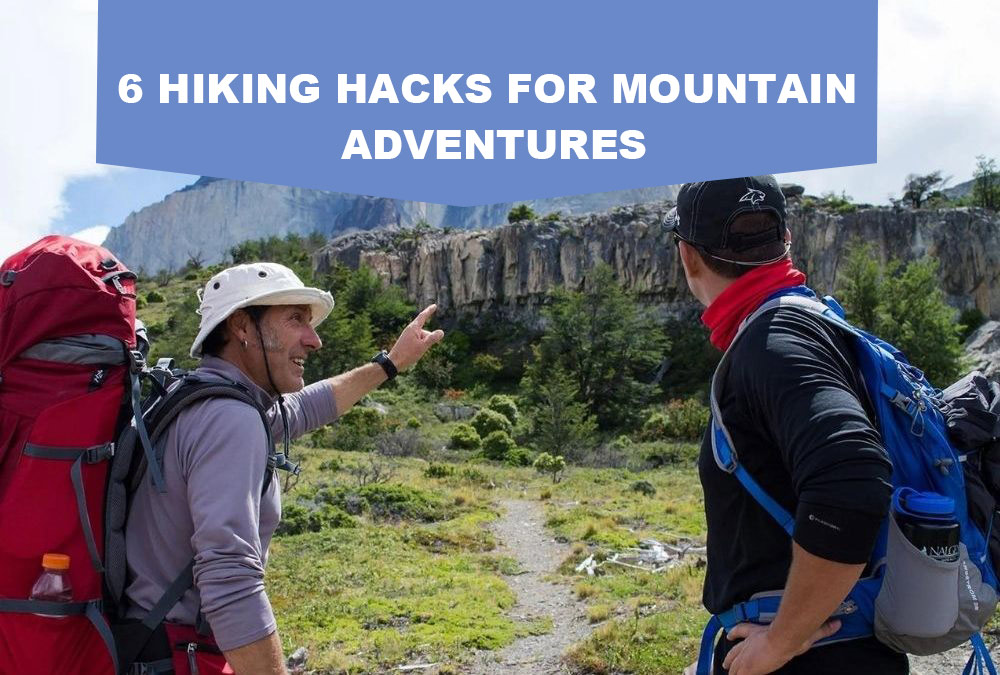Mountains always represent a duality of challenge and reward, calling us with unforgettable views, fresh air, and the chance to turn off from the hectic pace of life. Yet, overcoming these staggering places needs more than a courageous soul. Thorough planning, knowing what you are doing, and some clever tricks will take your mountain hike from good to great.
- Planning the Perfect Climb

Before you walk in your boots and start on the trail, put a little bit of time into planning. Research the trail deeply, including its difficulty level, estimated time, and weather. Download offline maps and tell someone about your itinerary and estimated return time. This not only assures your safety but also gives a feeling of security for those who are expecting you home.
- Packing for Performance

Pack light but efficiently. Every ounce matters and you will have to downsize on the unnecessary and pick the multi-purpose equipment. Handmade trails require sturdy hiking boots, and layering of clothes allows you to adjust to unstable weather conditions. Don’t forget the essentials: a first-aid kit, sunscreen, insect repellent, navigation tools: map, compass, or GPS, and mostly water and high-energy snacks. Try to drink at least half a liter of water every hour and don’t forget to sip often, in particular during extreme effort. Look into purchasing a hydration pack to have water readily available during the length of your hike.
- Hiking Hacks for Smooth Strides

Wear your boots in so that blisters would not be your problem anymore, for they are always the worst for any hiker. Apply duct tape to hot spots such as heels and toes for added protection against blisters. Use technology – get offline maps from a site and think about carrying a phone charger in case of emergency.
- Fueling Your Adventure
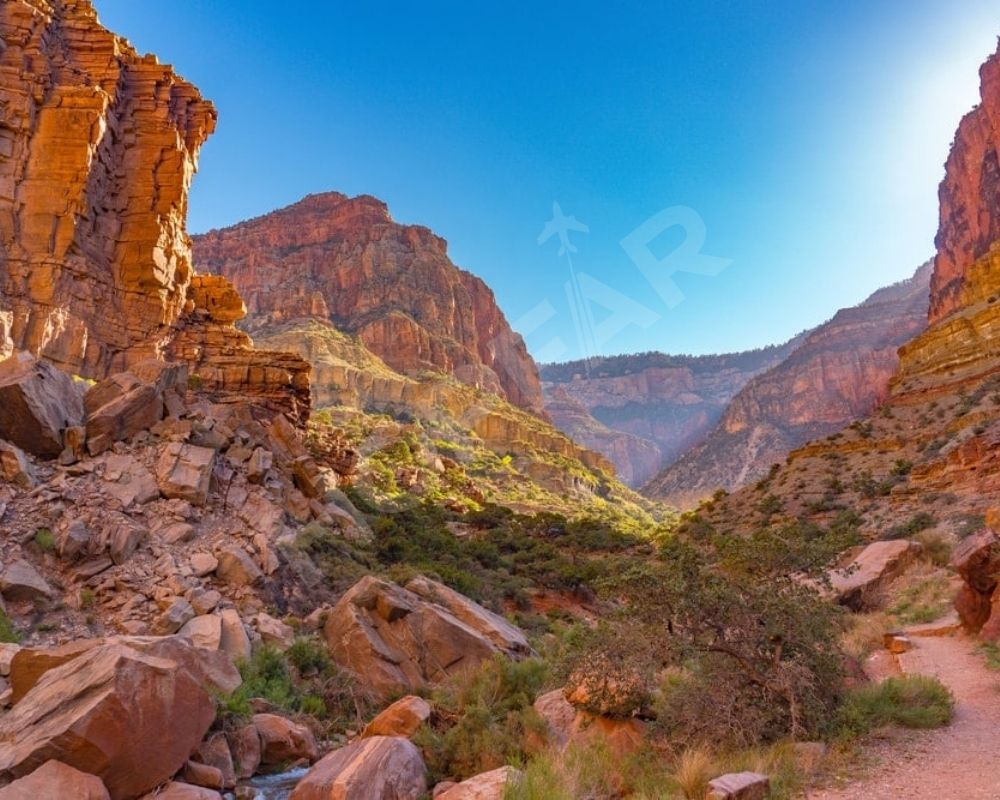
When it comes to climbing mountains, energy is critical. Pack high-calorie and easy-to-digest snacks such as nuts, granola bars, and dry fruits. Eat little and often to give yourself a steady supply of energy through your entire hike. Try packing a reusable food pouch to keep track of your snacks and avoiding using single-use packages at the same time.
- Mastering the Terrain
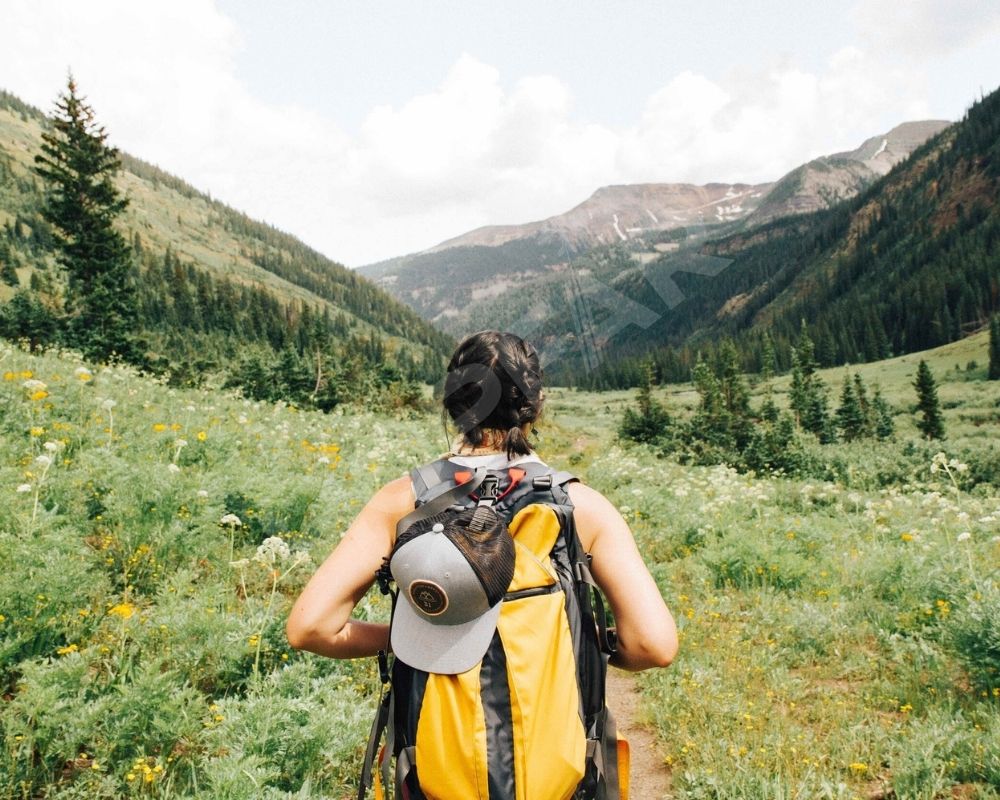
Climb gracefully by taking step by step deliberate steps uphill. This is a way of saving energy and avoiding fatigue. Breathe deeply and regularly to keep up with the rhythm. When going downhill, it is safer to slow down in a zig-zag motion. This method gives you much improved balance and stability especially on that unstable ground. Employ trekking poles for extra support and steadiness, especially on steep slopes or rugged uneven surfaces.
- Leave No Trace
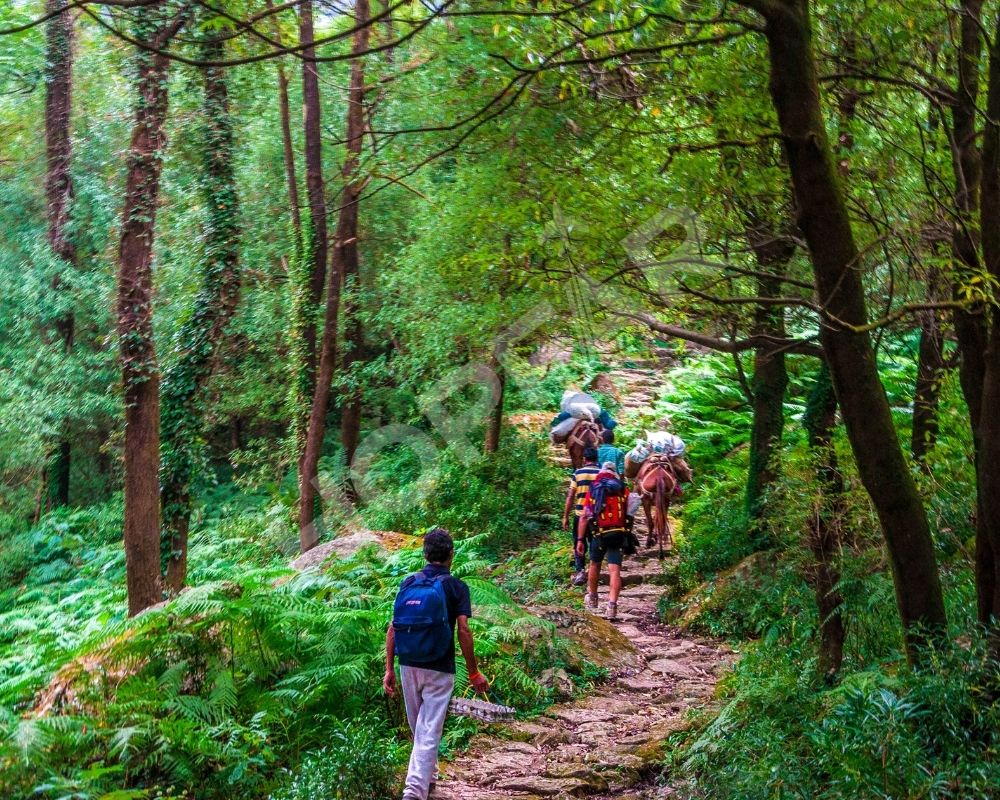
Don’t forget that we are visitors into the mountains. Respect the environment by making sure that all of your waste is taken out and refraining from harming animals or destroying vegetation. This promotes Leave No Trace ethics, leading to the preservation of the very essence of these natural treasures for the generations to come. Choose reusable containers as an option, thus minimizing the production of disposable packaging.
Advanced Hacks for Experienced Hikers
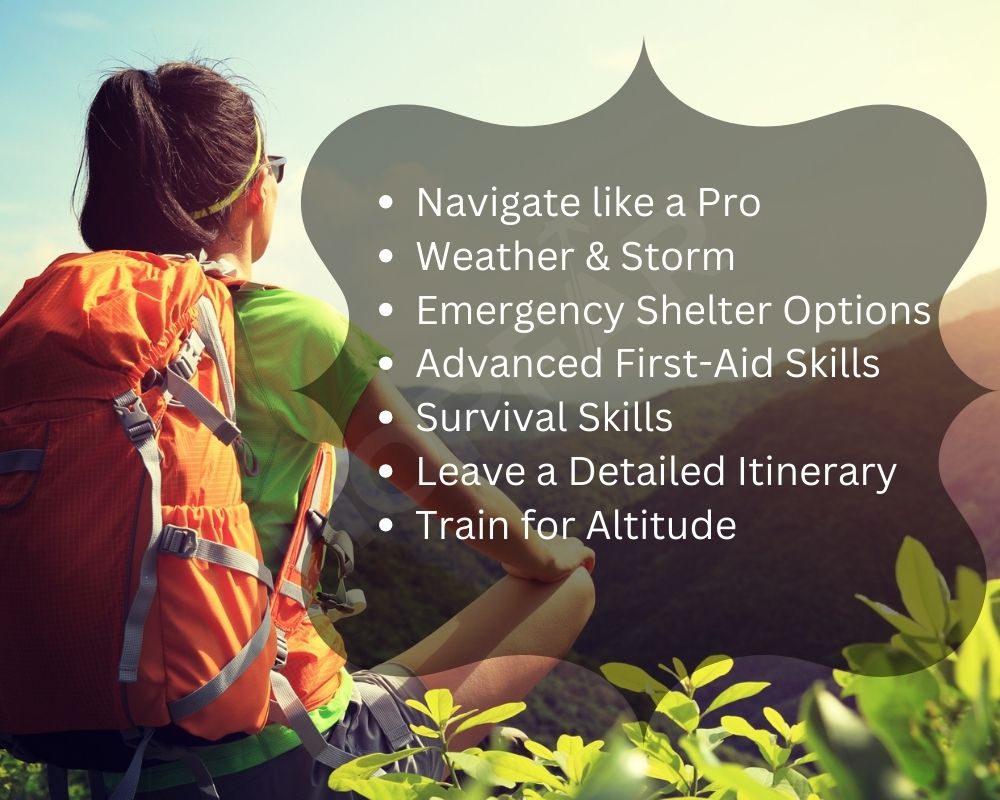
- Navigate like a Pro
While GPS is convenient, it may fail or lose signal in the rural area. Learn the conventional map and compass navigation skills to substitute your electronic devices. Through orienteering training, become an expert in terrain navigation (e.g. dense forests, rocky ridges, and featureless landscape).
- Weather & Storm
Mountain weather is notoriously often unpredictable and the conditions can change rapidly. Be up-to-date with the local weather forecast and ready for immediate alterations in temperature, wind speed, and precipitation levels. While packing lightweight waterproof gear including a tough rain jacket, rain pants, and waterproof backpack cover will keep you dry in the cases of sudden downpours.
- Emergency Shelter Options
As well as a light bivy sack, you can carry a lightweight emergency tent or shelter as well. These tiny shelters not only provide extra protection from severe weather conditions but also double as temporary refugee during an emergency or any other unforeseen overnight motel.
- Advanced First-Aid Skills
Grow and improve your first-aid knowledge by taking wilderness first-aid courses. Master the skill of evaluating and treating ordinary hiking injuries that include strains, sprains, blisters, and fractures. Get to know different complex medical techniques for closing wounds, improvised splinting, and managing medical emergencies in remote areas.
- Survival Skills
Prepare yourself with basic survival techniques to handle unforeseen scenarios in wilderness. Get familiar with how emergency shelters are made from natural materials, start a blaze without using matches or lighters, and purify water from natural sources. Take the essential survival gear, including a multi-tool, fire starter kit, emergency blanket and high calorie food ration.
- Leave a Detailed Itinerary
Before the hike, make sure you have informed a close friend or relative about your route and schedule. Tell about your intended route, estimated time of return and emergency contacts. Check in at regular intervals through a satellite phone or messaging gadget to update your progress and make urgent alerts.
- Train for Altitude
Make sure to acclimatize yourself to high-altitude condition gradually if the hike you are going to take has a significant elevation gain. Progress with treks of longer durations at higher altitudes to create endurance and gain an ability to adapt to low oxygen levels. Drink plenty of water, take it easy, and always heed the symptoms of altitude sickness and other altitude-related diseases.
This complex set of hacks can be incorporated into your camping gear for better safety, confidence and pleasure during long mountain treks. Keep in mind safety first, mind the wilderness, and take nothing but pictures, leave nothing but footprints as you go for your next mountain trip.

